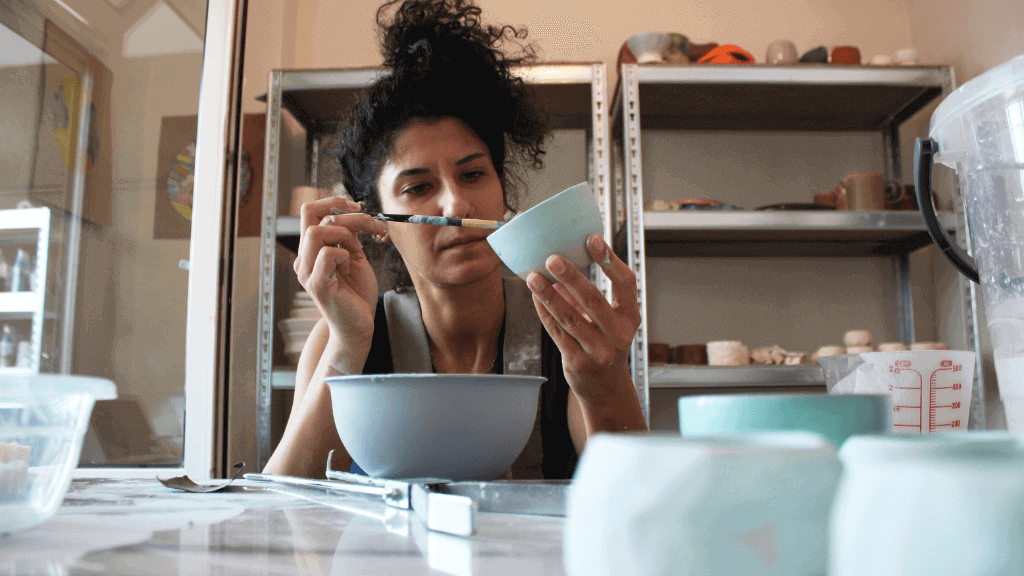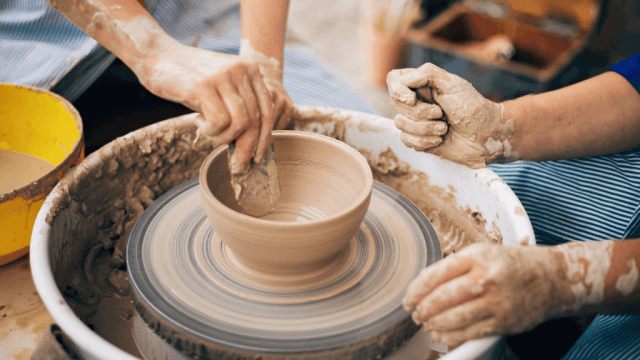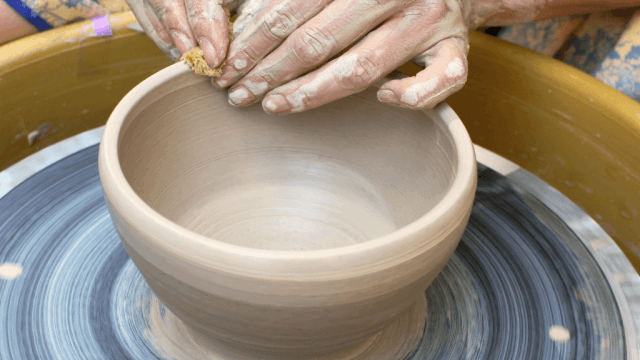Generally speaking, pottery clay does not expire and will not go bad. However, it can become too hard and dry to work with over time or become contaminated and moldy if not stored properly. Clay bought in boxes from suppliers is usually only guaranteed for six months.
What are some signs that indicate that pottery clay has gone bad?
Signs that pottery clay has gone bad include drying out over time, inhaling or ingesting the dust of any clay or glaze materials, mold reactions to clay, taking up to 7 days to become bone dry, and lead absorption from glazes by acidic food or drink.
What are some ways to properly store pottery clay to prevent contamination and mold growth?
To properly store pottery clay and prevent contamination and mold growth, it is essential to tightly seal the bags of clay to preserve the moisture content. Clear bags can reduce the potential for mold growth compared to darker bags. Additionally, spraying water from a spray bottle can help retain hydration. It is also essential to avoid using asbestos-contaminated talc in low-fire white and raku clay bodies and to be aware of the hazards associated with ceramic art and pottery.
How often should pottery clay be checked to ensure it is still in good condition?
Pottery clay should be checked every 15 minutes to ensure it is not drying out too much and is still workable. It is essential to follow safety rules when working with clay, such as wearing welders’ goggles when looking in the kiln spy holes and testing for fumes while firing. Pottery clay does not expire, but it can dry out over time.
Can pottery clay be rejuvenated if it has become too hard and dry to work with? If so, how?
Pottery clay can be rejuvenated if it has become too hard and dry to work with. To do so, place the clay pieces in a resealable bag and spray them with some water. Seal the bag and wait a few hours for the clay to be used. Alternatively, you can ring damp towels over the plastic-wrapped clay, add no more than 2 cups of water into a bag with the dried-out clay, and put it in a large bucket.
Are there any specific types of pottery clay that are more susceptible to going bad or becoming contaminated?
Earthenware clay is more susceptible to soluble salt problems than other types of pottery clay. Testing the clay for contaminants before use is essential, as some clays may contain asbestos or other hazardous materials. Different types of pottery clay include stoneware, ball clay, and porcelain. Contaminated clays can cause issues with the finished product, such as “crud” in the pottery.











